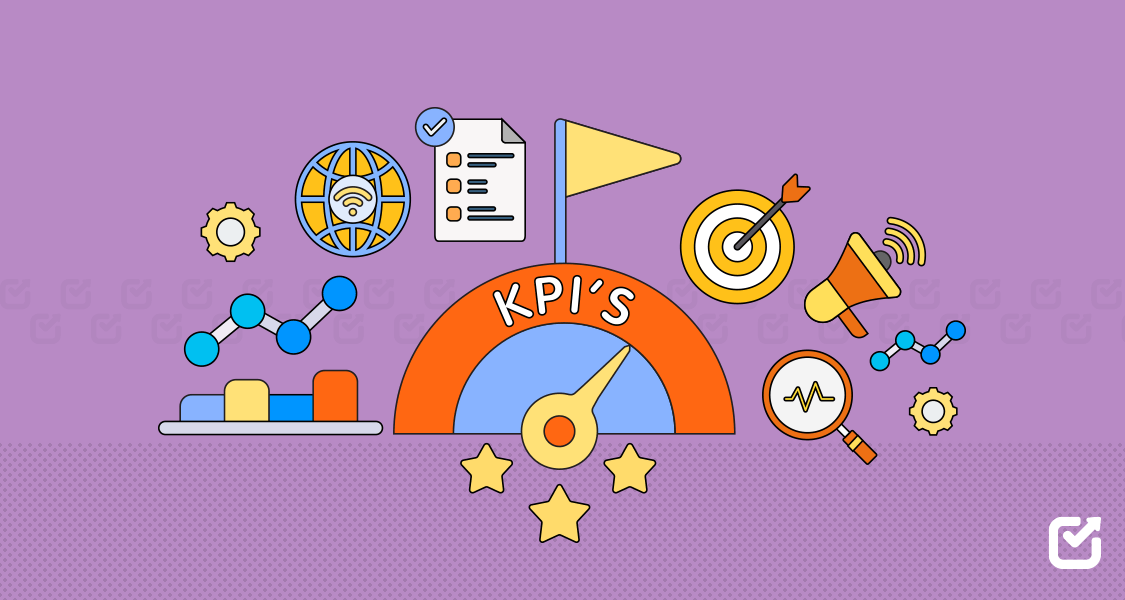Ever wonder if your influencer marketing is really hitting the mark?
With influencer marketing, it’s easy to dive in and hope for the best but it’s like shooting in the dark.
That’s why almost 70% of brands believe in measuring the ROI of their influencer marketing campaigns.
So what leaves the rest of 30%?
It could be they haven’t recognized their influencer marketing KPIs (Key Performance Indicators) to help them effectively measure their success.
Getting the right KPIs in place makes all the difference. By tracking the metrics that matter, you can see exactly what’s working and what isn’t.
This means less guesswork and more data-backed decisions.
In this guide, we’ll walk you through the KPIs and social media management tools you should focus on to ensure your influencer marketing campaigns are not just trending—but truly delivering.
Let’s get started?

Start Tracking Your Influencer Marketing Kpis Today With Social Champ.
With comprehensive analytics and real-time insights, you can optimize your campaigns and drive real success.
Short Summary
- Tracking KPIs is crucial for measuring success and optimizing influencer marketing campaigns.
- Key metrics to track include engagement rate, reach, impressions, CTR, conversion rate, cost per engagement, and ROI.
- Common challenges such as attribution issues, fake engagement, and long sales cycles can be overcome with the right strategies.
- Tools like Social Champ, Google Analytics, and Hootsuite help effectively monitor and analyze KPIs.
- Data-driven insights allow brands to maximize ROI, boost engagement, and continually improve their influencer marketing strategies.
Why Measuring Influencer Marketing KPIs Matters
As influencer marketing continues to grow, so does the need for performance metrics.
Many businesses invest significant portions of their marketing budgets into influencer collaborations, but the real question is: are these investments paying off?
-
Data-Driven Decision Making
Without measuring KPIs, it’s impossible to understand how well your influencer marketing campaigns are actually performing.
Metrics allow you to determine the effectiveness of your strategy, track progress over time, and make adjustments as needed.
In fact, KPIs often provide the first clue about whether your influencer marketing efforts are on track or if changes are needed to reach your goals.
The beauty of data-driven marketing lies in its ability to pinpoint what’s working and what’s not.
Are you getting the level of engagement you expected?
Are you seeing an uptick in sales or leads?
Are your influencer relationships building the kind of audience loyalty you want?
These questions can only be answered effectively through proper KPI measurement.
-
Maximizing ROI and Avoiding Waste
Influencer marketing campaigns often require a significant upfront investment, and without clear KPIs to track performance, there’s a risk of wasting that budget.
When you measure KPIs accurately, you can allocate resources more effectively, ensuring that your budget is being spent on the tactics and influencers that drive results.
For example, if an influencer is driving higher-than-average engagement but not converting those interactions into sales, that could be a sign to tweak your messaging, call-to-actions, or landing pages.
On the other hand, if an influencer is bringing in a significant ROI, you might want to continue working with them or even invest more heavily in similar partnerships.
-
Continuous Optimization
Measuring KPIs doesn’t just help you evaluate the past—it helps you optimize for the future.
With insights into what works and what doesn’t, you can continuously refine your influencer strategy, iterate on campaigns, and improve overall performance.
There is a wide range of KPIs to track influencer marketing, and not all of them will be relevant to every campaign.
The key is to align your KPIs with your business goals, whether you’re aiming to build brand awareness, drive sales, increase engagement, or foster customer loyalty.
Let’s explore some of the most important KPIs that should be on your radar.
Key Influencer Marketing KPIs to Track
-
Engagement Rate
The engagement rate measures how actively the audience is interacting with the influencer’s content.
It’s one of the most crucial KPIs in influencer marketing because it indicates how much value the influencer’s content is providing to their audience.
Engagement encompasses likes, shares, comments, and other forms of interaction, and a higher engagement rate typically signifies that the influencer’s content resonates well with their audience.
-
How to Calculate Engagement Rate
Engagement Rate = (Total Engagements (Likes + Comments + Shares) / Total Followers) × 100
A higher engagement rate doesn’t just mean more interaction; it also implies that the content is authentic and connects well with the audience.
For example, an influencer with a small but highly engaged following can often be more valuable than one with millions of passive followers.
Example:
If an influencer has 50,000 followers and their post receives 5,000 likes, 200 comments, and 100 shares, their total engagement is 5,300. The engagement rate would be:5,30050,000×100=10.6%\frac{5,300}{50,000} \times 100 = 10.6\%50,0005,300×100=10.6%
This indicates that 10.6% of the influencer’s followers interacted with the post, a strong engagement rate in most industries.
-
Reach and Impressions
Reach and impressions are both critical for evaluating the visibility of your influencer campaign.
These metrics tell you how far your content has traveled and how many people have seen it.
- Reach refers to the unique individuals who have seen your content. It gives you an idea of how broad your audience is and helps gauge awareness.
- Impressions, on the other hand, count the total number of times your content has been viewed. A single individual could contribute multiple impressions, such as if they see the post several times.
While reach is more about awareness, impressions indicate how often the content is being seen, which can help increase brand familiarity over time.
-
Click-Through Rate (CTR)
The click-through rate (CTR) is an essential KPI if your influencer marketing campaign is designed to drive traffic to your website or a specific landing page.
CTR indicates how effective the influencer’s post is at prompting their audience to take the desired action—clicking on your link.
How to Calculate CTR
CTR = (Total Clicks / Total Impressions) × 100
A high CTR means the influencer’s content is grabbing attention and encouraging their audience to click on your website or product.
Example: If an influencer’s post gets 10,000 impressions and 500 clicks, the CTR would be:
(500 / 10,000) × 100 = 5%
-
Conversion Rate
Ultimately, the goal of many influencer marketing campaigns is to convert followers into customers, whether that’s through product purchases, sign-ups, or other actions.
The conversion rate measures how many clicks from your influencer campaign actually resulted in a desired action.
How to Calculate Conversion Rate
Conversion Rate = (Total Conversions / Total Clicks) × 100
The conversion rate tells you how many clicks turned into actual actions (like purchases).
Example:
If an influencer’s post drives 500 clicks, and 50 of those clicks lead to purchases, the conversion rate would be:(50 / 500) × 100 = 10%
A high conversion rate is indicative of effective messaging, a good fit between the influencer and your brand, and a seamless transition from awareness to purchase.
-
Cost Per Engagement (CPE)
Cost per engagement (CPE) is a cost-efficiency metric that shows how much you’re paying for each interaction (like, comment, share) on your influencer content.
By calculating the CPE, you can determine whether your investment is yielding good engagement.
How to Calculate CPE
CPE=Total Advertising Cost/Total Engagements
A lower CPE is usually better, indicating that you’re getting more value for your investment.
-
Follower Growth
Follower growth is a straightforward yet important KPI that shows how your brand’s following increases over time due to influencer collaborations.
If an influencer is effectively promoting your brand, you should expect to see a rise in your social media followers during or after the campaign.
Example:
If your Instagram account gains 1,000 followers after a campaign with a specific influencer, you can track how well the influencer’s audience is responding to your brand. -
Brand Sentiment
Brand sentiment measures how people feel about your brand as a result of the influencer campaign.
An influencer can drive not just visibility, but also sentiment—positive or negative—among their followers.
Monitoring brand sentiment through comments, feedback, and social listening tools is a critical KPI for evaluating the long-term impact of your campaign.
Example:
If an influencer promotes a product and the majority of comments are positive, the sentiment is likely positive. Negative comments, on the other hand, might suggest a need for changes in messaging or influencer selection. -
Return on Investment (ROI)
ROI is the ultimate KPI, as it evaluates the financial success of your campaign. It measures the revenue or value generated by the campaign relative to the cost of running it.
How to Calculate ROI
ROI = Net Profit / Cost of the investment * 100
If you’re generating more revenue than you’re spending on the campaign, the ROI is positive, and the influencer partnership is deemed successful.
Featured Article: TikTok Influencers: Everything You Need to Know in 2025
Common Challenges in Measuring KPIs (And How to Overcome Them)
Measuring influencer marketing KPIs isn’t always a straightforward task.
Several challenges can affect the accuracy and effectiveness of KPI tracking, but with the right strategies, these challenges can be overcome.
-
Attribution Issues
One of the biggest challenges in influencer marketing is attribution.
It can be difficult to pinpoint exactly how much an influencer’s content contributed to sales, especially when customers are interacting with your brand across multiple touchpoints.
Solution:
Implement proper tracking tools like Google Analytics, UTM parameters, and conversion tracking pixels to better track the user journey from influencer content to conversion. -
Fake Engagement
Not all engagement is created equal. Unfortunately, fake engagement from bots or purchased followers can skew your KPIs and provide misleading results.
This is especially problematic when working with influencers who may have inflated engagement metrics.
Solution:
Use analytics tools that detect and filter out suspicious activity. Platforms like Social Champ offer filters to ensure that you’re working with influencers whose engagement is genuine. -
Long Sales Cycles
Influencer marketing is often a part of a longer sales cycle, especially for products with higher price points.
It can be hard to track immediate conversions from influencer content, especially if the decision-making process takes time.
Solution:
Instead of focusing solely on immediate conversions, look at intermediate KPIs such as engagement rate and click-through rate to gauge the influence an influencer has on the customer journey.
Tools for Tracking Influencer Marketing KPIs
To effectively track and measure influencer marketing KPIs, you need the right tools.
Fortunately, there are several platforms designed specifically to help you manage and measure the success of your campaigns.
Here are a few tools that can make tracking your KPIs easier and more accurate:
- Social Champ: An all-in-one social media management tool that provides deep analytics and insights into your influencer campaigns, helping you track KPIs like engagement, reach, conversions, and more.
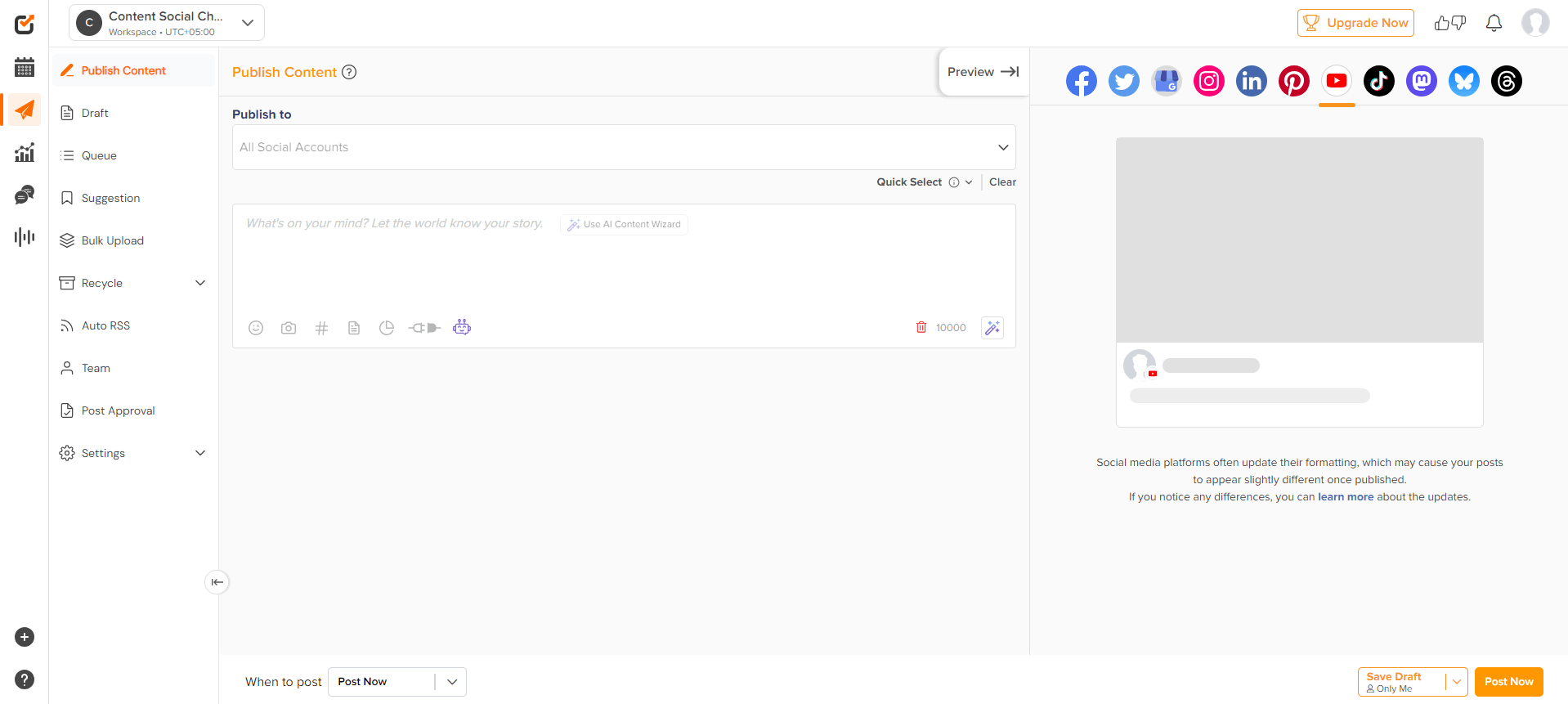
Social Champ’s Dashboard

Want a Reliable Social Media Tool for Influencer Marketing?
Social Champ has everything you’re looking for. Schedule, plan, analyze your influencer marketing campaigns. Start now because your competitors are already doing it!
- Google Analytics: Essential for tracking website traffic, conversion rates, and measuring the effectiveness of influencer-driven content.
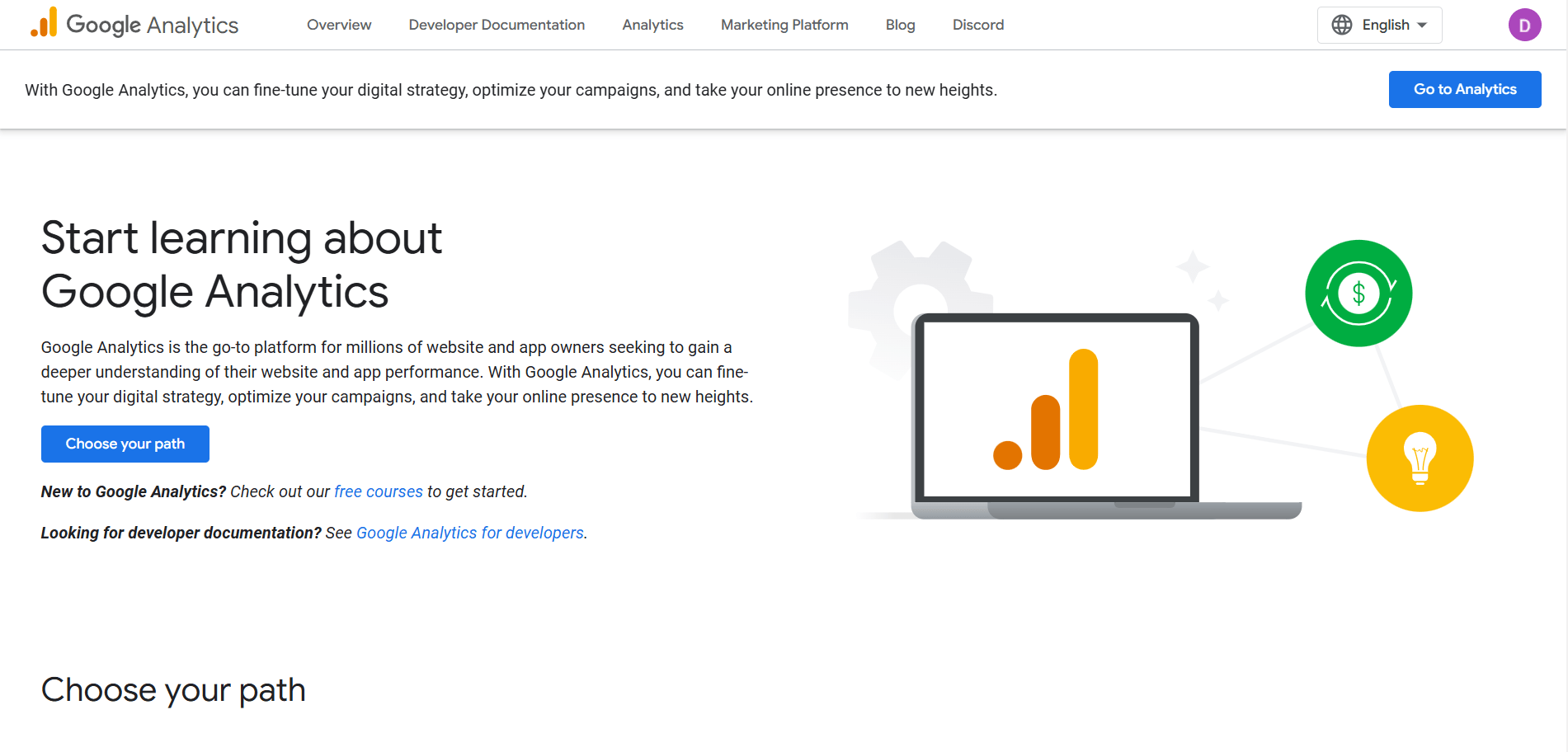
Google Analytics’ Landing Page - Hootsuite: Offers social media monitoring and influencer marketing analytics, giving you a comprehensive look at your campaign performance.
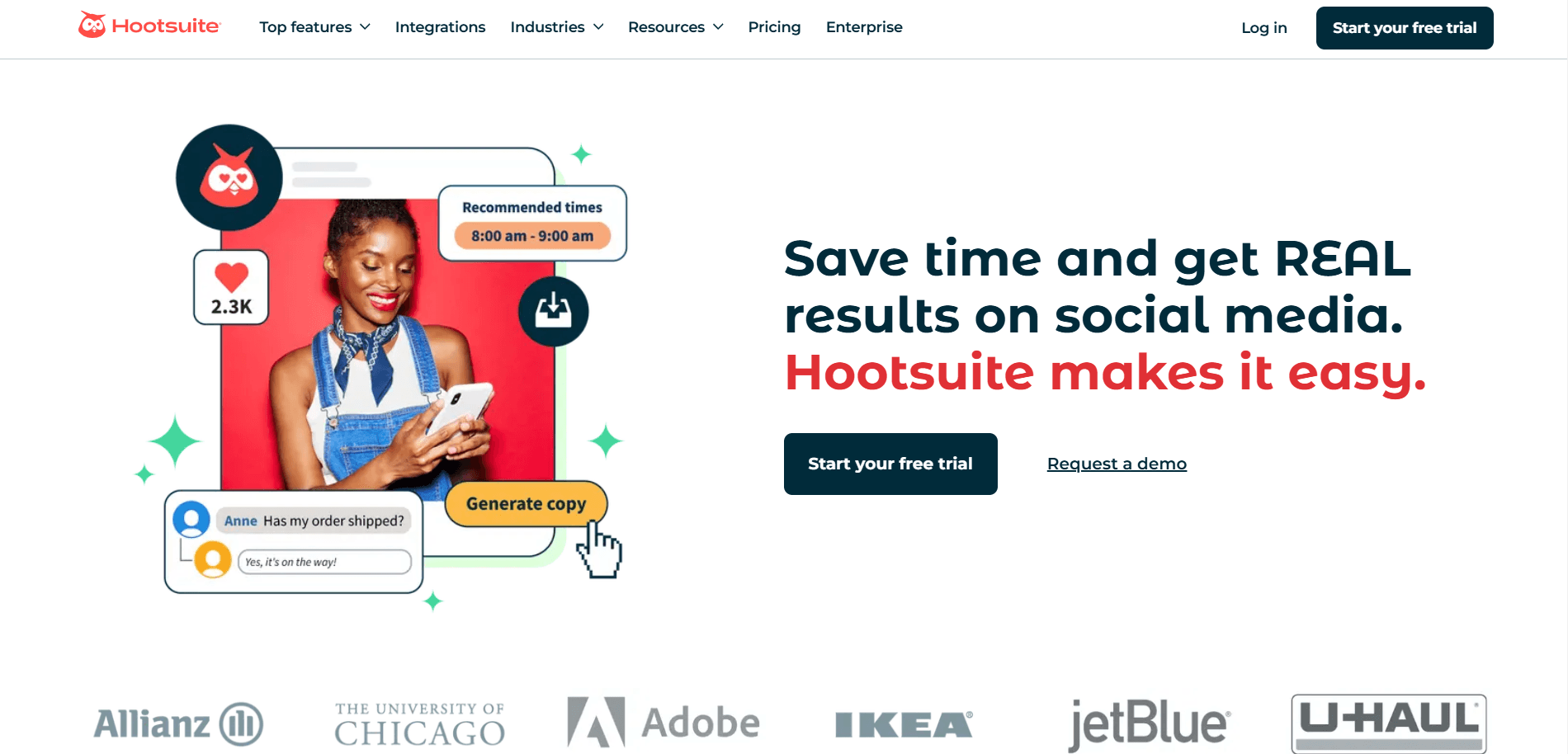
Hootsuite’s Homepage - Upfluence: A powerful influencer marketing platform that offers performance analytics, helping you track ROI, engagement, and other key metrics.

Upfluence Homepage - Sprout Social: Provides detailed social media analytics that track KPIs like engagement, reach, and conversions across platforms.
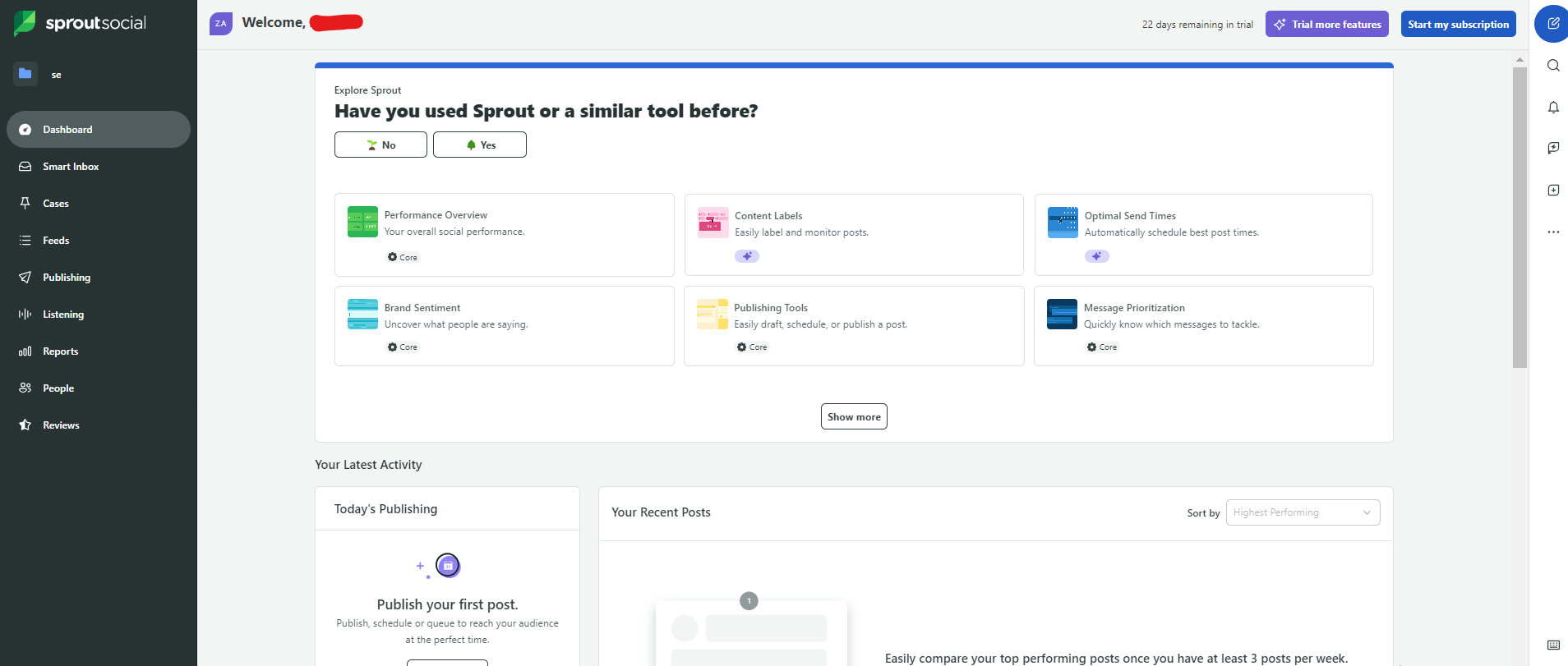
Social Sprout’s Dashboard
Conclusion
In 2025, influencer marketing will continue to evolve.
By tracking the right KPIs, brands can stay ahead of the curve, ensuring that their influencer campaigns are delivering tangible results.
Whether you’re aiming for increased brand awareness, higher engagement, or a better ROI, measuring the right metrics is crucial for success.
Don’t just rely on intuition—use data to guide your influencer marketing strategy, refine your efforts, and ultimately achieve the business outcomes you’re looking for.
